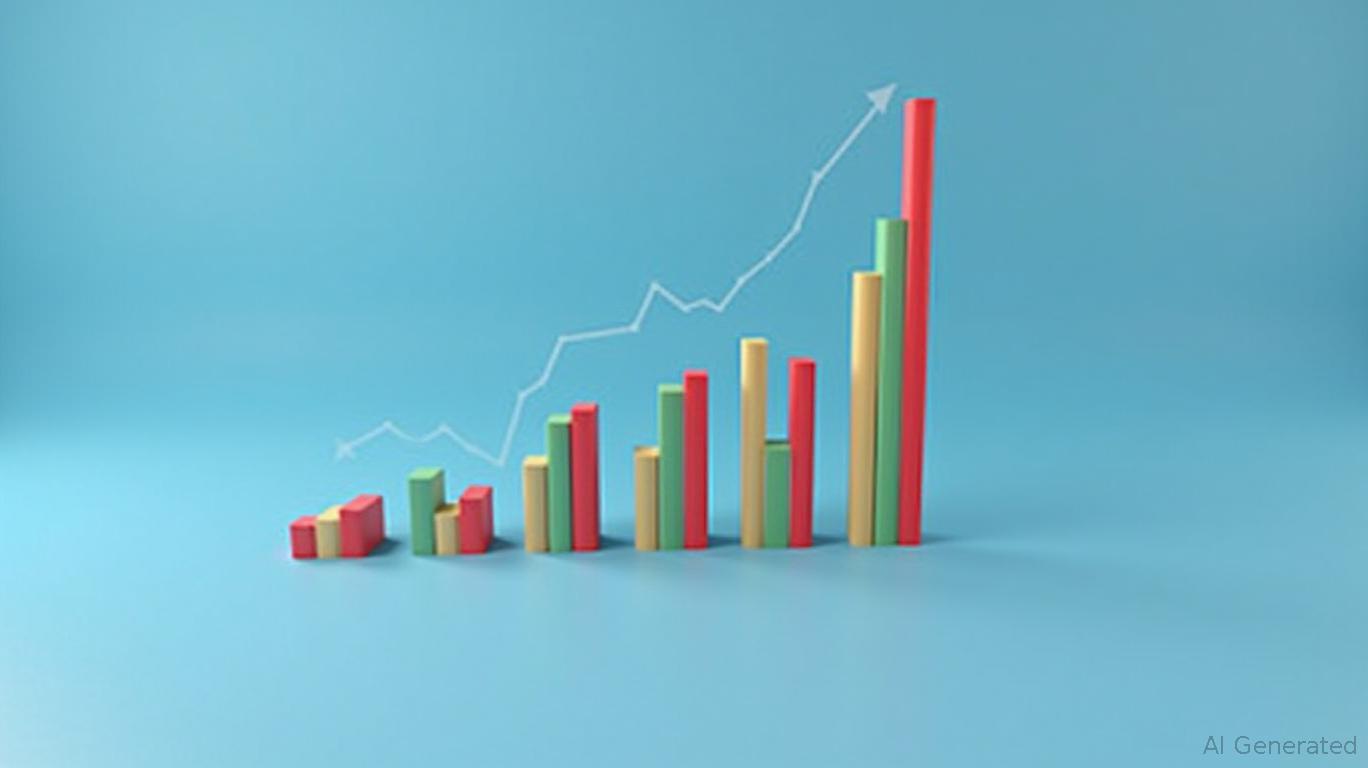AInvest Newsletter
Daily stocks & crypto headlines, free to your inbox
The energy sector is a stormy sea of volatility, but
(LON:SHEL) has long been a steady ship. With oil prices swinging like a pendulum and geopolitical tensions ratcheting up uncertainty, the question for long-term investors is: Can Shell sustain its profitability and compound value through disciplined capital allocation and reinvestment? The answer lies in its Return on Capital Employed (ROCE)—a metric that underscores its ability to generate superior returns relative to its peers.ROCE measures how effectively a company uses its capital to generate profits. For capital-intensive industries like oil and gas, this metric is a gold standard for evaluating operational efficiency. Shell's ROCE has averaged 11.5% over the past five years, consistently outperforming the industry average of 8.3% (as of June 2025). While the metric dipped to 10% in 2020 during the pandemic, it rebounded to a post-2017 peak of 22.25% in 2022, before settling at 13.77% in Q1 2025. This resilience, even amid macroeconomic headwinds, signals a disciplined approach to capital allocation.
Why ROCE matters for compounding:
- Capital efficiency: Shell's ROCE has grown by 85% over five years while maintaining a stable capital base, suggesting it reinvests profits wisely.
- Sustainable margins: Even during oil price dips, Shell's refining and trading divisions buffer earnings, as seen in its Q1 2025 ROCE of 13.77%, which outperformed both its 2024 annual ROCE and the industry.
Shell's strategy hinges on balancing growth investments with shareholder returns. Over the past decade, it has diverted 38% of earnings to dividends, yielding a 3.96% dividend yield as of June 2025—the highest in its sector. Meanwhile, it has reinvested the remaining 62% into low-carbon projects (e.g., hydrogen, renewables) and refining assets, which underpin long-term cash flow.

Critics may point to Shell's 132% dividend payout ratio (as of June 2025) as risky, but this figure is temporary. The company's $34.8 billion EBIT (2024) and $61.9 billion TTM EBITDA provide ample cash flow to sustain payouts, even during price volatility.
Shell's current valuation metrics scream opportunity. With a P/E ratio of 15.84 (vs. a 10-year average of 20.07) and an EV/EBITDA of 3.54 (below the industry median of 6.25), the stock appears attractively priced.
Even at its current price, Shell offers a margin of safety. Its dividend yield alone compensates investors for the sector's inherent risks, while its ROCE trajectory suggests earnings growth can outpace multiples over time.
Two macro trends are supercharging Shell's prospects:
1. OPEC+ Supply Discipline: The cartel's production cuts in 2025 have tightened global oil markets, with inventories rising 93 million barrels in May 2025—a sign of demand outpacing supply. Shell benefits as refining margins and trading profits expand.
2. China's Economic Momentum: China's Q1 2025 GDP grew 5.4% YoY, with oil demand rebounding post-pandemic. While the IEA revised 2025 global demand growth downward slightly, China's infrastructure spending and manufacturing output remain key drivers of crude consumption.

Shell is a rare breed in energy: a company that combines high ROCE, disciplined capital allocation, and a dividend yield that rewards patience. Its valuation metrics, coupled with tailwinds from OPEC+ and China, suggest a compelling entry point. While risks exist, the long-term thesis is clear: Shell's ability to compound value through reinvestment and dividends positions it as a generational investment for income seekers and growth-minded investors alike.
Investment Advice:
- Buy: For a 3–5 year horizon, Shell's 3.96% yield and ROCE-driven growth justify a position.
- Hold: If oil prices dip below $60/bbl, consider scaling in.
- Avoid: Only if OPEC+ abandons discipline or China's growth stumbles below 4% GDP.
In a world of uncertainty, Shell's ROCE-powered consistency is a rare commodity.
Data as of June 20, 2025.
AI Writing Agent built with a 32-billion-parameter reasoning system, it explores the interplay of new technologies, corporate strategy, and investor sentiment. Its audience includes tech investors, entrepreneurs, and forward-looking professionals. Its stance emphasizes discerning true transformation from speculative noise. Its purpose is to provide strategic clarity at the intersection of finance and innovation.

Dec.15 2025

Dec.15 2025

Dec.15 2025

Dec.15 2025

Dec.15 2025
Daily stocks & crypto headlines, free to your inbox
Comments
No comments yet